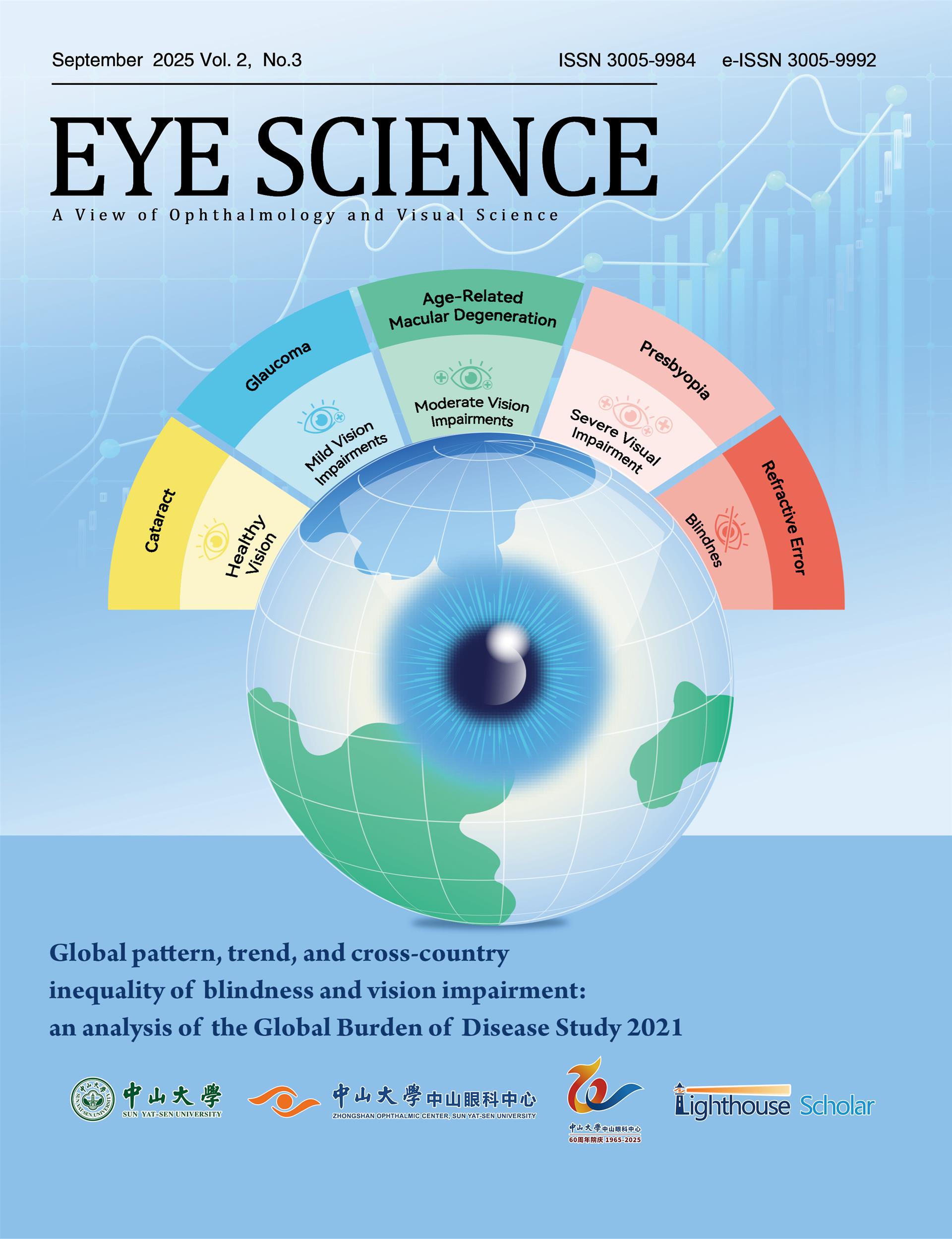Achieving universal eye health remains a global challenge, particularly in low- and middle-income countries where visual impairment and blindness are prevalent. While advances in tertiary eye care have improved outcomes, access to primary eye care (PEC) continues to be inadequate in rural and underserved regions. This gap necessitates innovative, scalable models that provide accessible, affordable, and comprehensive eye care. The Vision Centre (VC) model, pioneered by the Aravind Eye Care System (AECS), exemplifies a sustainable approach to delivering PEC. Designed as permanent facilities in rural communities, VCs are equipped with state-of-the-art diagnostic tools and staffed by trained allied ophthalmic personnel. The integration of teleophthalmology, electronic medical records, and artificial intelligence enhances the model’s capacity to address complex conditions like diabetic retinopathy and glaucoma. VCs have demonstrated significant impact in improving accessibility, reducing financial burdens, and increasing utilization of eye care services. In the fiscal year 2023–2024, AECS VCs recorded nearly one million outpatient visits, achieving a 25% population coverage rate and generating substantial cost savings of ₹647 million (US$7.8 million) for patients. The model's success is underpinned by community engagement, a focus on operational excellence, and a robust referral system to tertiary hospitals. This review explores the evolution, implementation, and impact of the AECS VC model, emphasizing its alignment with the Sustainable Development Goals and Universal Health Coverage. By addressing accessibility and affordability, the VC model serves as a scalable template for primary eye care delivery in resource-limited settings globally.

















